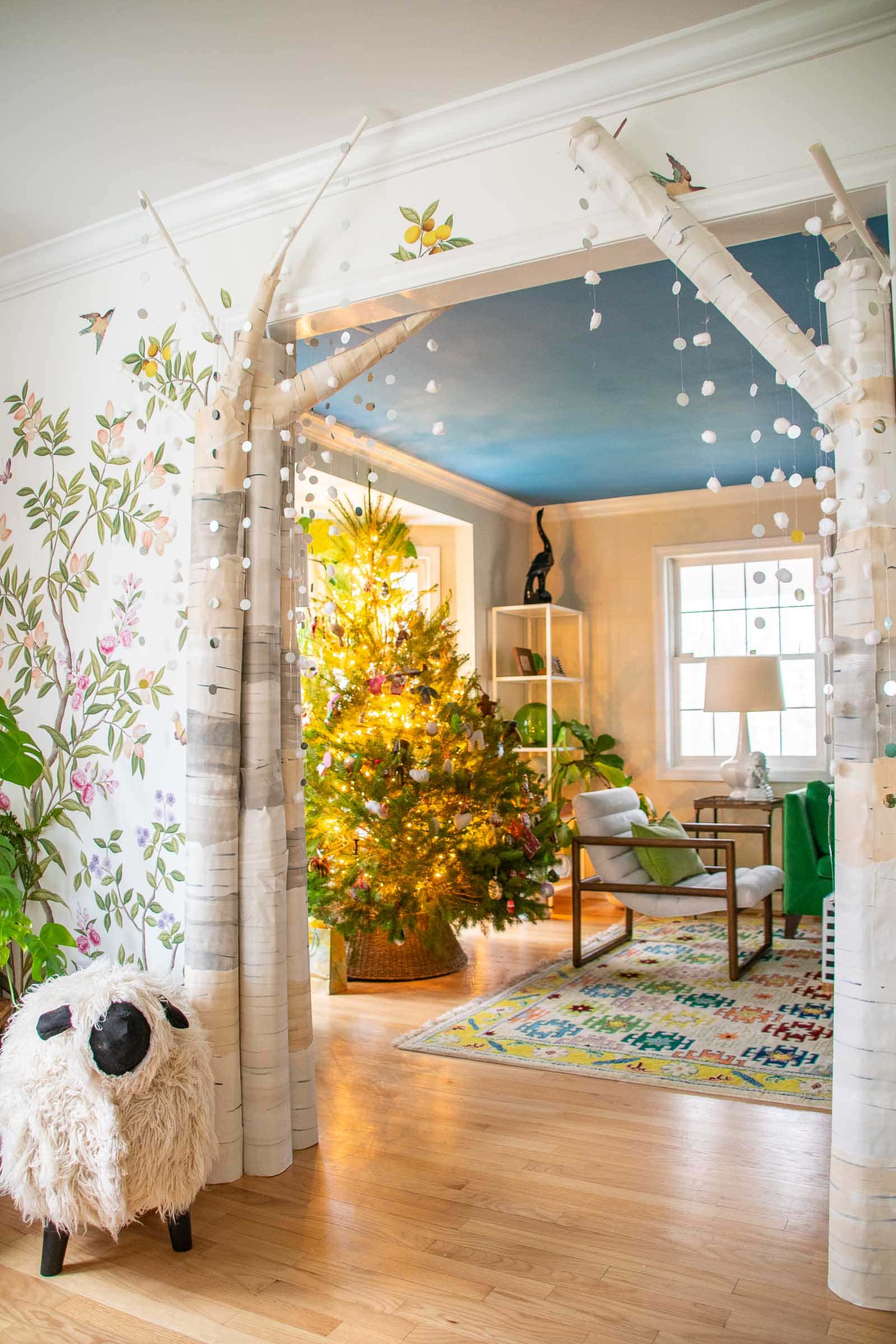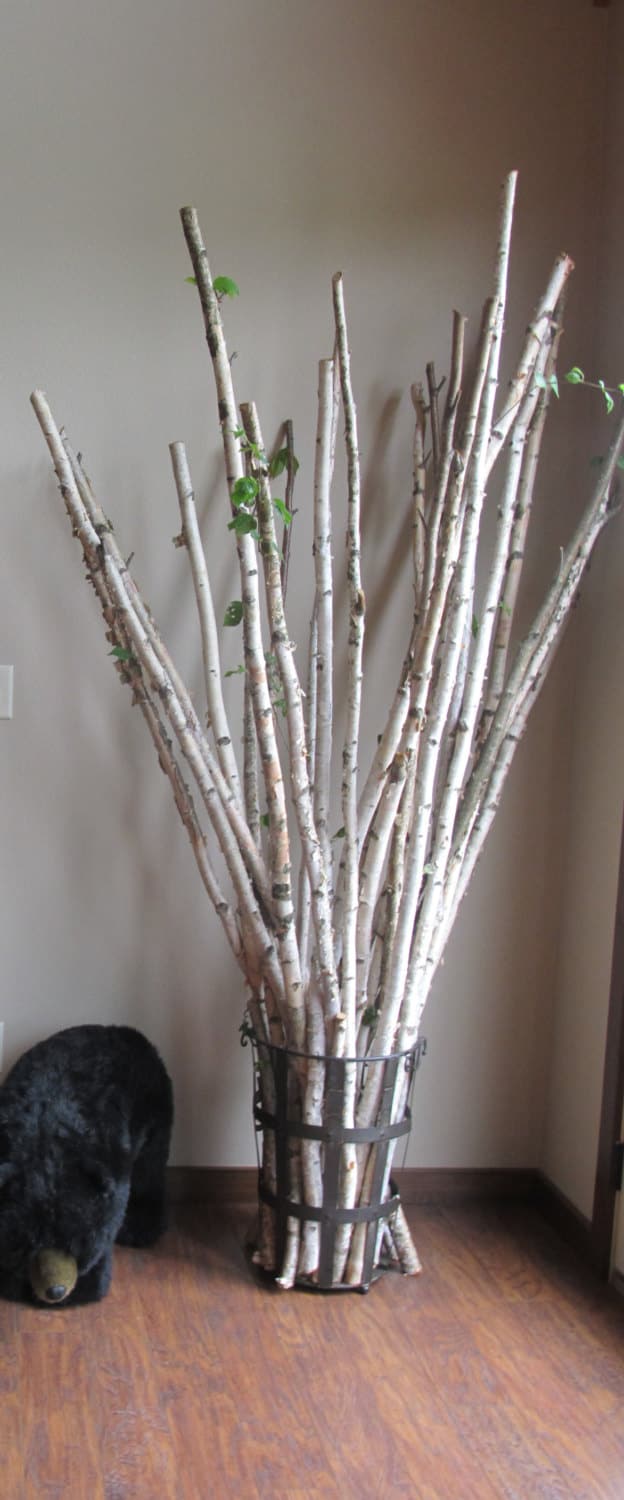As an avid gardener and landscape enthusiast, I have always been captivated by the elegance of birch trees. Their stunning white bark and delicate leaves create a striking contrast in any outdoor space. In this article, we will dive deep into the world of decorative birch trees, exploring their characteristics, care tips, and personal anecdotes that highlight their charm and versatility.
What Are Decorative Birch Trees?
Decorative birch trees are known for their aesthetic appeal and unique attributes. These trees belong to the genus Betula and are characterized by their slender trunks, striking bark, and graceful canopies. They are often used in landscaping for their beauty and ability to thrive in various conditions.
Common Varieties of Decorative Birch Trees
Birch trees come in numerous varieties, each with distinct features. Here are some popular types:
| Variety | Height | Bark Color | Leaf Shape | Best Uses |
|---|---|---|---|---|
| White Birch (Betula papyrifera) | 30-50 ft | White | Triangular | Shade tree, focal point |
| River Birch (Betula nigra) | 40-70 ft | Brown to tan | Oval | Wet areas, erosion control |
| Paper Birch (Betula papyrifera) | 50-70 ft | Bright white | Heart-shaped | Ornamental, wildlife habitat |
| Dwarf Birch (Betula pumila) | 1-3 ft | Grayish-white | Round | Ground cover, low borders |

Benefits of Decorative Birch Trees
Adding birch trees to your landscape can provide numerous benefits:
- Aesthetic Appeal: The unique bark and foliage make birch trees visually striking.
- Wildlife Habitat: Birch trees provide habitat and food for various species, including birds and insects.
- Soil Improvement: Their roots can help improve soil structure and prevent erosion.
- Shade and Privacy: Tall birch trees can provide shade and act as natural privacy screens.
How to Care for Decorative Birch Trees
Caring for birch trees involves understanding their needs and providing the right environment. Here are some essential tips:

Planting Tips
- Choose the Right Location: Birch trees prefer well-drained soil and full sun. Avoid areas with standing water.
- Soil Preparation: Amend the soil with organic matter to promote healthy growth.
- Spacing: Space birch trees 20-30 feet apart to allow for their mature size.
Watering Requirements
Birch trees need consistent moisture, especially in their early years. Here’s a quick guide:
- Water deeply once a week during dry spells.
- Add mulch around the base to retain moisture.

Fertilizing Birch Trees
Fertilizing can enhance growth and health:
- Use a balanced fertilizer in the spring.
- Follow recommended rates based on soil tests.
Pruning Techniques
Regular pruning helps maintain shape and health:
- Remove dead or damaged branches.
- Thin out crowded areas for better airflow.
- Best time to prune is late winter or early spring.

Common Pests and Diseases
Being aware of potential threats can help you maintain healthy birch trees:
- Birch Borer: Monitor for signs of stress and larvae.
- Powdery Mildew: Ensure good airflow and avoid overhead watering.
- Leaf Spot: Remove affected leaves and apply fungicide if necessary.
Creating a Beautiful Landscape with Birch Trees
Incorporating birch trees into your landscape can create stunning visual effects. Here are some strategies I have employed to achieve beautiful results:

Creating Contrast with Other Plants
Pair birch trees with contrasting foliage colors and textures. For instance:
- Combine with dark green evergreens for a beautiful contrast.
- Plant flowering shrubs like hydrangeas nearby for seasonal color.
Using Birch Trees as Focal Points
Birch trees can act as stunning focal points in your yard:
- Group several birch trees together for a dramatic effect.
- Position them near entryways or patios to draw attention.

Creating Natural Privacy Screens
Strategic planting can create effective privacy screens:
- Plant birch trees in clusters to block views.
- Mix with evergreen trees for year-round privacy.
Personal Experience with Birch Trees
Over the years, I’ve had the pleasure of planting several birch trees in my garden. One of my favorites is the Paper Birch, known for its distinctive white bark. The first time I saw it in spring, its bright foliage was a delightful contrast against the pristine bark. Watching it grow into a central focal point of my garden has been incredibly rewarding. I’ve also noticed an increase in wildlife, from birds nesting in its branches to butterflies fluttering nearby.
Challenges of Growing Birch Trees
While birch trees are beautiful, they do come with challenges that you should consider:
Pros and Cons of Birch Trees
| Pros | Cons |
|---|---|
| Stunning aesthetic appeal | Susceptible to pests like birch borer |
| Provides habitat for wildlife | Requires consistent watering |
| Diverse varieties to choose from | Can struggle in overly dry conditions |
| Improves soil quality | Some varieties may drop messy leaves |
FAQs About Decorative Birch Trees
What is the best soil type for birch trees?
Birch trees prefer well-drained, loamy soil rich in organic matter. Ensuring good drainage is critical to prevent root rot.
How fast do birch trees grow?
On average, birch trees can grow 1 to 3 feet per year, depending on the species and environmental conditions.
Can I grow birch trees in pots?
Yes, dwarf species of birch can be grown in pots, but be mindful of their size and ensure they have adequate drainage.
Do birch trees require a lot of maintenance?
Birch trees are relatively low-maintenance but do require regular watering and occasional pruning to keep them healthy.
What time of year is best for planting birch trees?
The best time to plant birch trees is in the spring or fall when the weather is cooler and moisture levels are higher.
Conclusion
Decorative birch trees bring charm and elegance to any landscape. Their stunning appearance, ability to attract wildlife, and relatively easy care requirements make them a popular choice for gardeners. Through my own experiences, I’ve come to appreciate their beauty and resilience. Whether you’re planting a single tree as a focal point or creating a serene grove, birch trees are sure to enhance your outdoor space.